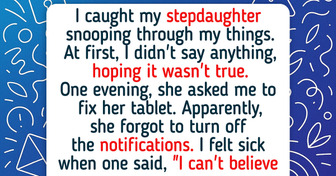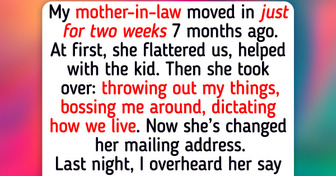11 Heartwarming Stories That Prove Family Is Everything


You’ve just started renovating your new apartment when you decide it’s time for some new carpeting. The first step, of course, would be to remove the old one, right? As you’re stripping off the old flooring, you start to see some weird colors and designs underneath the carpet. Wait a minute... Is that a life-sized monopoly board?!
What I’ve just described here is a real story of a San Francisco resident who decided to redo the carpeting in his first-floor bedroom. As soon as he discovered the giant Monopoly board perfectly preserved on the floorboards, he obviously wanted to create giant life-size game board pieces as well. His wife wasn’t as excited about the idea, though, and they eventually went with a look that was a bit more classic. Oh, well.
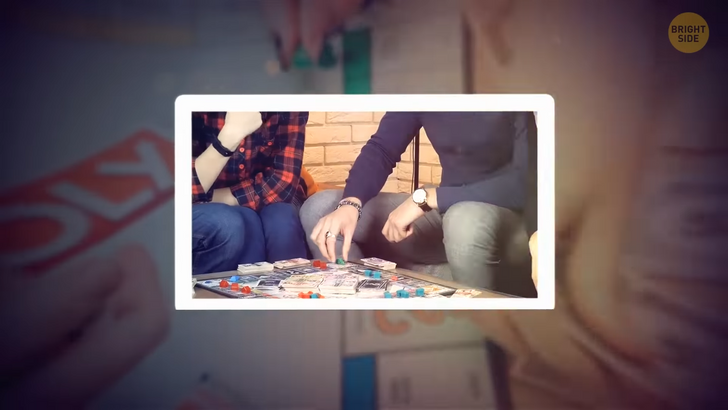
Then there’s the story of two Sacramento homeowners that decided they needed to change their heating system. Inside the ducts and some walls, they were amazed to find a dozen food jars. But I wouldn’t be telling you this story if those jars were empty, right? Inside those jars, they were surprised to find pure gold dust! Talk about a hidden treasure! This amazing find was apparently worth somewhere around $300,000.
Back in 1995, some people working in Chatham Historic Dockyard of southeast England made a surprising discovery under the floorboards of a building. Down there were some 200 timbers that belonged to a mysterious and obviously very old ship. It took many years of research for them to be able to identify the ship.
In 2012, however, they eventually concluded that the timbers belonged to the HMS Namur, a ship launched in 1756 by the Royal Navy. When checking history records, they discovered that Namur was an important ship that served for nearly 50 years. At the time they finally found it, the ship had been under those floorboards for almost 200 years!

How about a curious Viking treasure hidden under a floorboard? Does that sound like something you’d like to hear about? The story goes that around the year 870, a wealthy Viking hid his treasure under the flooring of a building. It was located on the Swedish island of Gotland. It took a staggering 1000 years for a local farmer to discover it!
The impressive finding contained thousands of silver coins, dozens of silver bars, hundreds of bracelets, rings, and necklaces, and over 40 pounds of bronze. In case you’re wondering how much that was all worth, well, roughly a half million dollars. The farmer wasn’t able to keep it, though, as according to Swedish law, he had to hand it over to authorities to analyze, document, and showcase it in various museums.
Some people even ended up finding a whole hot tub under their floorboards. Judging by the way it looked, it must have been some sort of an outside spa center because it had a filter lid and was also surrounded by pebblecrete. The previous homeowners probably wanted to cover it up after they’ve decided to extend the house, so the intricate bathtub remained undercover for quite some time.
One homeowner even managed to connect with the previous owners of his house. Well, in a way, at least. When he started removing the cork floor tiles in his house, he found a secret message from the original owners [The First Cork Tile Laid Here Sunday 28th Of March 1988] followed by four names, probably the names of the whole family that used to live there.
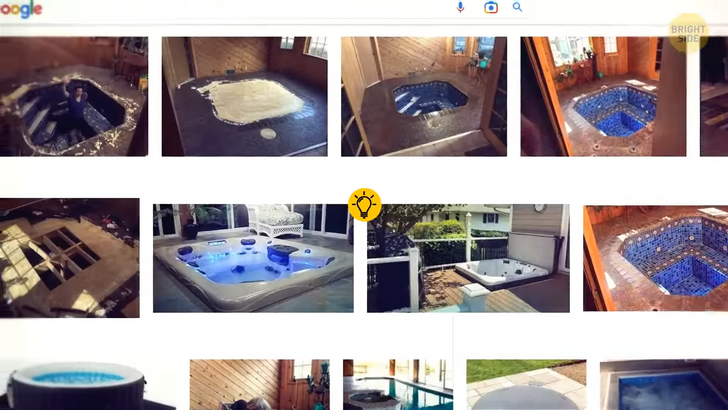
While in the process of replacing her old carpet, a woman stumbled upon something that was both interesting aaand a bit weird. As soon as she started tearing the flooring apart, she found a cellar door. And as it was opened, and she started making her way down, she discovered a secret basement with shelves filled with jars. Some of them were empty, true, but some were filled with fruits. Maybe it used to be some sort of pantry? Or maybe it was hiding a more scary secret? I guess we’ll never know.
Europe was a hard place to be in the 1400s as hospitals were often overwhelmed with patients. As a consequence, they had to shut down some of these establishments completely and, at times, abandon them altogether when there were no doctors left to treat people.
But back in 2013, they discovered what was left of one of those hospitals in Madrid when a Spanish construction crew began digging for the new Apple Store! From the looks of it, the hospital dated back to the 15th century. It still worked well into the 19th century, but they eventually closed it in the 1850s and left it unused ever since.
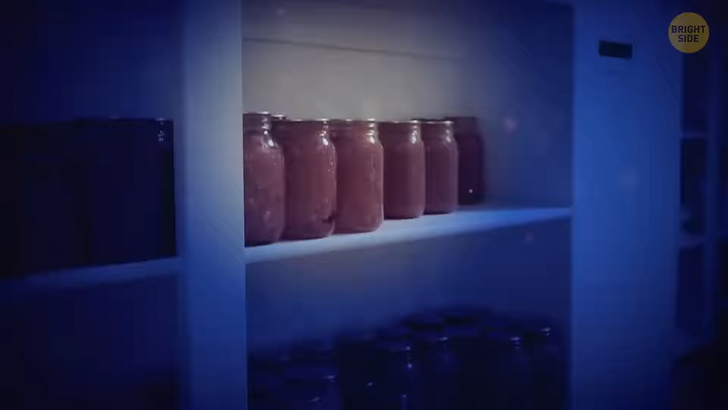
Looking under your floorboards may prove to be a unique way to make some new friends, too. At least virtually. When Alex Moss, based in Manchester, England, moved into a new home, he decided it was time for some new hardwood floors. When removing the old ones, he stumbled upon a note written by the previous tenant, which was curious, to say the least. And it was signed by someone named Darren Lucas.
Alex didn’t freak out because of the unusual promise. Instead, he decided to track down the previous owner, and he eventually found him, thanks to the magical powers of Twitter. Safe to say, they had quite the laugh on the subject. Darren isn’t watching anymore, that’s for sure.
On an Albany farm in Western Australia, a family discovered a love letter that appeared to have dated back to the 1800s! The writing was beautiful in itself, and it came with an interesting surprise. There was a special paper embroidered with the words “remember me.” Awww!
They soon linked it to a woman named Phebe Mundy, who wrote the letter to a mysterious Mr. Trotman. Local historians could find no other information on either person, but by the tone of the letter, they believe it was a draft by a young woman writing to an older man of a different social class.

Another location came with a hidden secret in the floorboard itself: a hidden diary! A carpenter wrote it on the back of the floorboards of a French Alpine château somewhere in the late 19th century. When the new owners of the castle started renovating the parquet in some of their upstairs rooms, they found many things written on the underside of the floorboards.
Those weren’t visible until they took the floorboards up to be replaced. These long messages written out in pencil were dated over several months between the years 1880 and 1881. They were all signed by a man called Joachim Martin.
They soon figured out he must have been the carpenter who installed the flooring for the château’s owners back then. What he intended with his writing was to leave behind a sort of a secret diary that someone would access only once he was long gone. The whole journal contains some 72 entries of varying lengths. Some of them contained purely factual information, while some were more personal, especially the ones about his family, friends, and community.
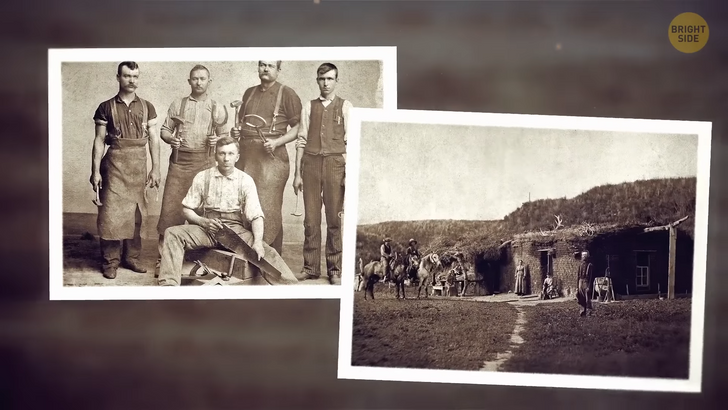
In May 2016, they revealed the new look of a bedroom in George Washington’s Mount Vernon home to the public, based partially on the discovery of tiny fragments of wallpaper hidden under the bedroom’s floorboards. These tiny fragments were none wider than a half an inch.
But based on forensic paint analysis of these fascinating scraps, they managed to establish that the wallpapers originally had strikingly beautiful colors and a lavish chintz pattern. It really was a far cry from the simple and dull design that curators had previously believed the room used to look like.
This whole process, along with other recently discovered historic memorabilia, allowed researchers to redecorate the room and actually bring it back to its former glory, painting a better picture of what the style used to be back then and what it used to look like in 18th-century homes. By George!





